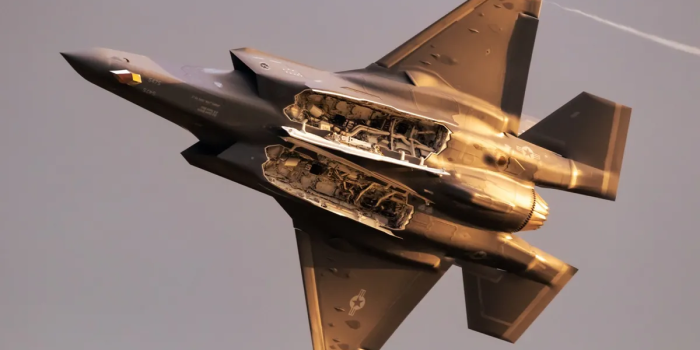In a remarkable leap forward in stealth technology, a team of scientists and engineers from western China claims to have developed a revolutionary plasma stealth device capable of rendering military aircraft virtually invisible to radar detection.
This groundbreaking “closed electron beam plasma stealth device,” as described in a peer-reviewed paper published in the Chinese Journal of Radio Science, represents a significant advancement in China’s quest for superior military capabilities. Tan Chang, a scientist involved in the project, highlighted its key features, stating, “It has many advantages such as simple structure, wide power adjustable range, and high plasma density.”
Plasma, consisting of charged particles, interacts uniquely with electromagnetic waves, dissipating their energy and weakening radar signals. The device, tailored to protect critical sections like radar domes and cockpits, can be activated instantaneously, confounding radar operators and offering a strategic advantage in combat scenarios.
While traditional stealth aircraft rely on radar-absorbent coatings and geometric designs, plasma stealth technology presents a game-changing alternative. Even conventional fighter jets can significantly reduce their radar signatures, potentially reshaping aerial combat dynamics.

China’s pursuit of plasma stealth technology, though initiated later than Western counterparts, has rapidly progressed, propelled by advancements in the country’s hi-tech sector. Plasma’s ability to manipulate radar signals and shield against high-power microwave weapons holds immense strategic value, prompting Chinese researchers to envision its pivotal role in future military confrontations.
Tan’s team has explored various methods for achieving plasma stealth, including coating aircraft surfaces with radioactive isotopes or using high-frequency electricity to ionize gas mediums. Flight tests have validated the effectiveness of these approaches, paving the way for their integration into military aircraft and even space-based platforms.
Despite its promise, existing plasma stealth technology faces challenges, such as maintaining precise plasma shapes and densities in open environments. To address these limitations, researchers are developing closed plasma stealth systems, confining plasma within sealed cavities for enhanced control and adaptability.

The team’s innovative approach utilizing electron beam discharge offers superior adjustability and efficiency, promising practical applications in military aircraft. Prototype tests have demonstrated the feasibility of their design, marking a significant milestone in plasma stealth technology.
However, the road to implementation involves overcoming technical hurdles, including plasma measurement accuracy and structural adaptation to specific aircraft configurations. Despite these challenges, Tan and his colleagues express optimism about the imminent real-life deployment of this transformative technology, underscoring China’s strides in aerospace defense innovation.


